
Tait Family History ~ The Tait’s in India
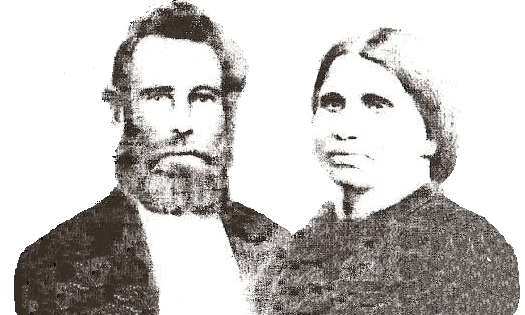
|
William and Elizabeth as far as we know, did not keep a journal or diary. And in talking to the Tait family, very little is known of them while they lived in India. A book was published on the lives of the missionaries in India by R. Lanier Britsch, titled, “Nothing More Heroic”. This book is an account of diaries or journals of the first missionaries to India. In this book there are several accounts that talk about William and Elizabeth and their contact and dealings with the missionaries. We are indebted to the missionaries and Britsch for these records, accounts and research. We give all credit to them and thank them whole heartedly for these dear family records. Their accounts follow. “The few loyal local Saints proved to be of inestimable help and support to the lone missionary. In late April, Brother Findlay received a letter from William Tait, who, with his wife and family, were living at Poona. Tait was a Church member, although his wife was not yet. He had been baptized into the Church and ordained an elder in Scotland, evidently by Elder Parley P. Pratt, but had joined the army and been transferred to India. His question–Had the Joseph Smith been shot?–revealed his long separation from the body of the Church. He encouraged Findlay to come to Poona, where he would find a home with the Tait’s. Findlay did not immediately go to Poona, but he was grateful to have a place to go at the end of June when the monsoon rains came dark and heavy.” "The monsoon rains came crashing down on Bombay in mid-June, and Elder Findlay needed no further encouragement to move to higher ground: Poona. Brother Tait and his family came to Bombay and escorted Findlay across the large Bombay harbor on the east side of Bombay, across the flat plain, up the Western Ghats, and on to the tableland of Poona. They traveled by bullock wagon. The entire trip took three days." 1 “In addition to his persistent anti-Mormon battles, Findlay had some encouraging success. He performed his first baptism about a week after arriving at Poona. On August 8, he baptized four more converts, and on the 12th, another. Ten days later, he baptized yet another new member. The work seemed to be progressing. On Sunday, August 29th, Findlay blessed and named Brother and Mrs. Tait’s two sons according to LDS procedure.” “Findlay became branch president with Tait and Hewett as counselors.” "Not long after the organization of the Poona Branch, several matters combined to create some new challenges for Elder Findlay. The first convert he baptized was a soldier named Thomas Brown. Even on the day of Brown's baptism, Findlay noted a feeling that the spirit was not right. On July 25th, Findlay learned that Brown had been imprisoned for insubordination. This was embarrassing to the Church members and to Findlay especially. But this problem was soon entangled with another. Brown insisted on his right to be marched to chapel as other soldiers were. But he would not go to the Protestant church. He demanded the right to meet with the Mormons. At about the same time, Brother Tait requested permission to meet with the Mormons, but his request was turned down on the pretext that if he were allowed to meet with his church, Brown would have to be accorded the same privilege." 2 “The Poona Branch continued to meet as usual until September 29th, when it held its last meeting in the cantonment. By then, Findlay, Tait, and others had found some empty ground only one hundred yards from the old meeting place but outside the camp boundaries on civil land. At the far corner of the ground stood a building that was formerly used for a currier’s shop. Findlay moved into this humble dwelling. It served as meetinghouse and missionary quarters.” 3 “Through the weeks and months, Elder Findlay continued teaching the Gospel in regular weekday and Sunday meetings. He also called regularly at the homes of individuals and families who showed interest in the Church. Civilians of various occupations and soldiers from various units attended his lecture meetings in satisfactory numbers, and eventually, a few were baptized. Unfortunately, he had to excommunicate two of his three fusiliers for failure to attend meetings and for backbiting and drinking. Among his most faithful converts were Elizabeth Exabia [sic] Tait, wife of Elder Tait, whom Tait baptized on October 23rd, and Helen Davies, wife of Douglas W. Davies, whom Findlay baptized and confirmed in Bombay on Sunday, January 9, 1853.” 4 “Both Elders Findlay [Hugh and his brother Allan] were grateful for the friendship and support of Sergeant William Tait. Tait was largely responsible for establishing Mormonism as a legal faith in the cantonment. Elder Hugh Findlay described the matter in these words:” 5
“On March 16, 1855, Elder Hugh Findlay concluded his three-year mission to India. He sailed from Bombay on the Mary Spencer; an English ship, under Captain Fisher. He did not return home to the British Isles; rather, he gathered to Zion in Utah. With him were seven other members of the Church: Douglas and Helen Davies and their daughter, and William Tait and three of his children from Poona, who were eager to go to Utah. Sister Tait, who was expecting a baby at the time of her family’s departure, remained behind at the home of her mother in Bombay. In November 1855, months after the baby daughter’s birth, they sailed for England and thence to America. Captain Fisher was an especially kind and generous man. In addition to extending “every kindness while on board,” he also returned 30 pounds sterling to the little company of Saints when they reached Hong Kong.” “The emigrants remained in Hong Kong from June 8th to the 27th, then sailed for San Francisco under Captain Grove on the ship Live Yankee. While in Hong Kong, they baptized the daughter of Brother and Sister Davies. Hers was the first LDS baptism in Hong Kong.” 7 “Details of the remainder of the journey to Salt Lake City are not available, but Andrew Jenson lists Elder Hugh Findlay’s arrival date as Saturday, December 1, 1855.” “On several occasions, Hugh Findlay expressed feeling of failure. This was especially true early in his mission when he compared his number of baptisms with that of William Willes in Calcutta. But it is clear that he had nothing to be ashamed of and much to be pleased with. He baptized more British converts than the rest of the mission combined. Determining exact numbers is difficult, but he, at one time, had close to fifty members in the combined Bombay and Poona branches and later created a branch of eighteen in Belgaum. It appears that he single-handedly brought close to seventy people into the waters of baptism, a wonderful contribution to the kingdom of God. I do not know the date of the emigrant company’s arrival in San Francisco, nor is the date of their arrival in Salt Lake City known. Yet the Findlay family documented the arrival in Utah of at least ten of Hugh’s converts. There were probably more.” 8 “Not only was Hugh Findlay a fine missionary but his brother, Allan, was as well. From the time he arrived in India in September 1853, he labored diligently to enlarge the branch in Poona. He, like Hugh, developed a deep affection for the Tait family, who ministered to his needs. After fourteen months in Poona, Elder Allan Findlay, the Tait’s, and other Church members there concluded” 9 “no further good could be done among that people.” 10 “When we arrived at Bombay on September 25th, we found Sister Tait staying with her mother, Mrs. Haer. Sister Tait had remained in Bombay to give birth to a daughter after her husband and family sailed for San Francisco and the Salt Lake Valley with Elder Hugh Findlay. She was, of course, eager to find passage for herself and her five-month-old daughter to either America or Liverpool. Mrs. Haer’s home became a headquarters of sorts for the next couple of months.” “We three missionaries ([Truman] Leonard, [Allan] Findlay, and I [Amos M. Musser]) and Sister Tait and infant, were eager to sail from Bombay as soon as possible. Findlay and I took the lead in looking for a ship’s captain who would work with us. Our first success came when we arranged passage for Sister Tait as a servant to the wife of Captain Findlay of the James White. She also had to pay two hundred rupees but was pleased with the arrangement. After a tearful farewell from her mother and sister, we elders helped her to the ship on Monday, October 15th. The James White sailed for Liverpool the next day. We were happy to have helped her away, but we missed the good dinners we had enjoyed as Sister Tait’s guests.” 11 Elizabeth Xavier Tait and her daughter Mary Ann Tait sailed on the ship Enoch Train, Captain Henry P. Rich, master. The ship departed on 23 March 1856 from Liverpool bound for Boston. The ship arrived in Boston on 30 April 1856. The saints then traveled to New York by train and then by train from New York to Iowa City, Iowa. Elizabeth traveled with the Allan Findlay family in the Willie Handcart Company. 12 Endnotes 1. Nothing More Heroic, The Compelling Story of the First Latter-day Saint Missionaries in India. By R. Lanier Britsch. Page: 188. 2. Ibid. 190-191 3. Ibid. 193. 4. Ibid. 194. 5. Ibid. 199. 6. Hugh Findlay to William Gibson, November 13, 1853; in Findlay, Missionary Journals, Pt. 1, 186. See also Hugh Findlay to A. F. McDonald, November 13, 1853; in Findlay, Missionary Journals, Pt. 1, 190. 7. Hugh Findlay, "China: Arrival of Elder Findlay and Emigrating Saints at Hong Kong--Baptisms" [Findlay to Franklin D. Richards, June 26, 1855, Hong Kong] Millennial Star 17 (September 22, 1855): 607. 8. Nothing More Heroic, The Compelling Story of the First Latter-day Saint Missionaries in India. By R. Lanier Britsch. Page: 205-206. 9. Allan Findlay, "Hindostan: Journey from Poona to Ahmednugger--No Liberty to Reside or Preach in Cantonments--Kind Reception at Jaulnah--Exertions at Secunderabad" [Allan Findlay to Franklin D. Richards, March 29, 1855, Secunderabad], Millennial Star 17 (June 16, 1855): 379. 10. Nothing More Heroic, The Compelling Story of the First Latter-day Saint Missionaries in India. By R. Lanier Britsch. Page: 206. 11. Ibid. 239. 12. "Immigration to Utah," Deseret News, 15 Oct. 1856, 254. |
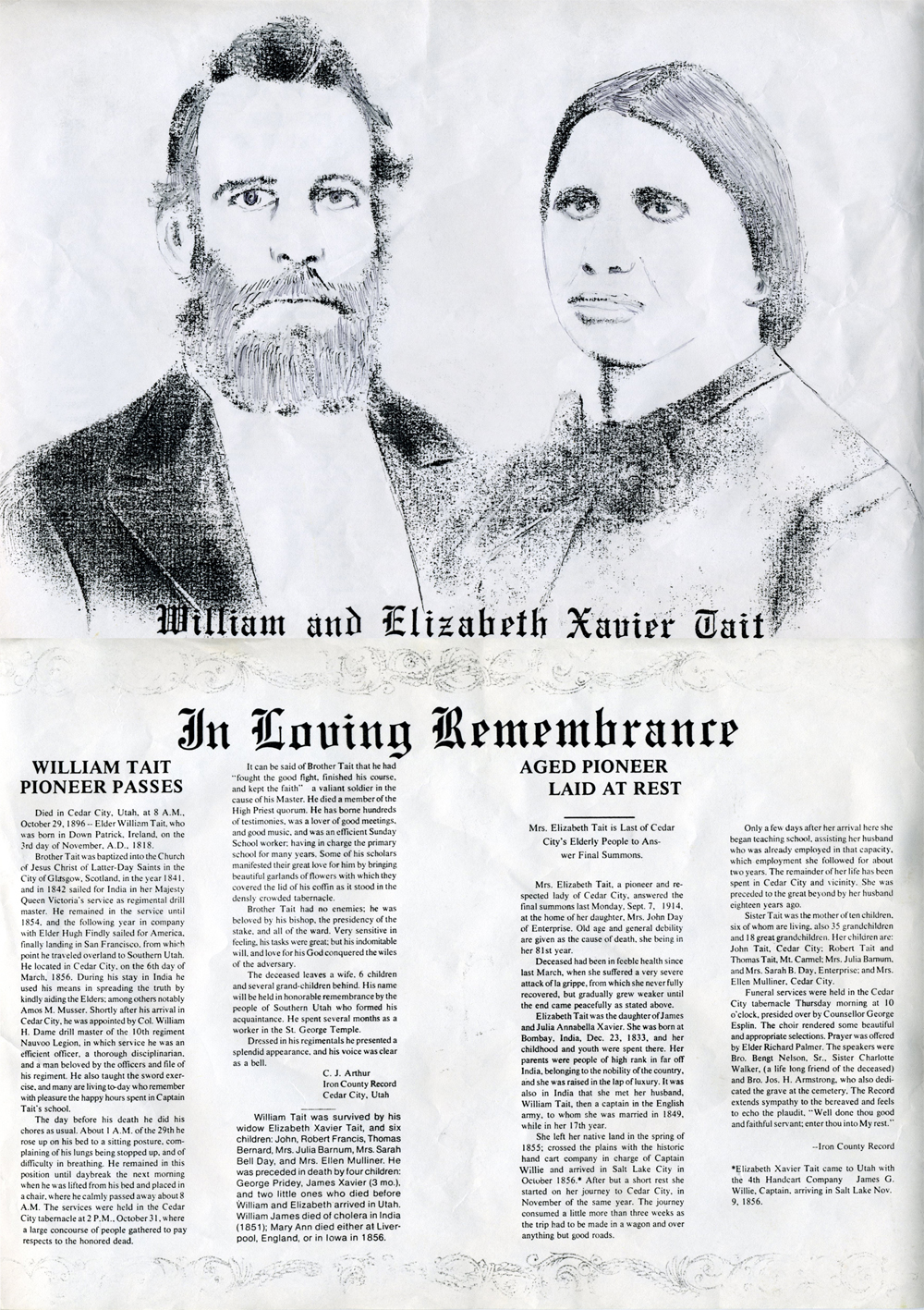
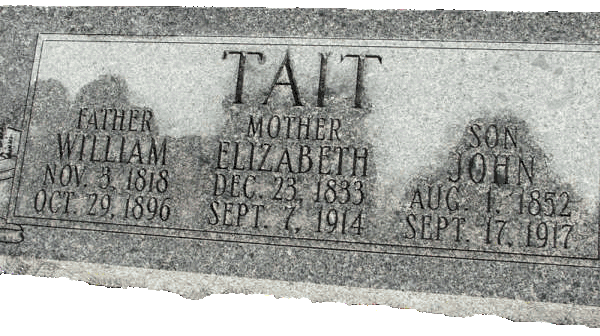

William Tait and Elizabeth Xavier Tait
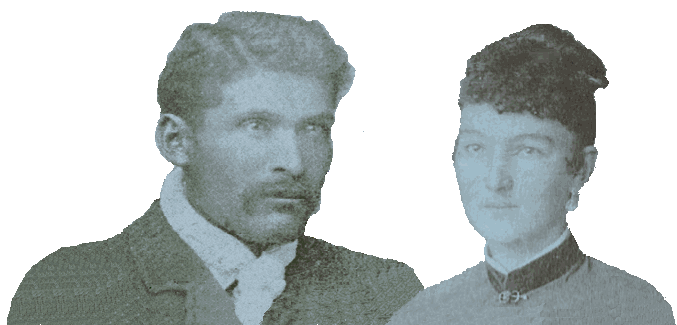
Robert Francis Tait and Mary Edith Huntsman Tait
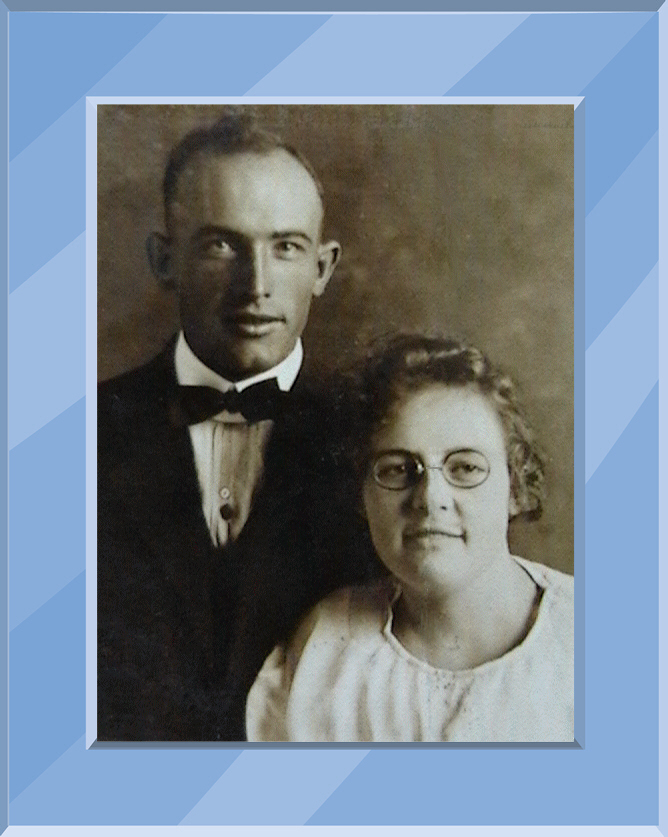
Emery Huntsman Tait and Weltha Workman Tait
The Rose of Bombay - the Incredible Odyssey of William Tait and Elizabeth Xavier by Stan E. Sorensen (if you can find it)
Elizabeth's Journey and Life (Adobe PDF File)
| Mormon Historical Site Videos and Photo Gallaries | |
|---|---|
Back to: Mormon Pioneer Trek Website